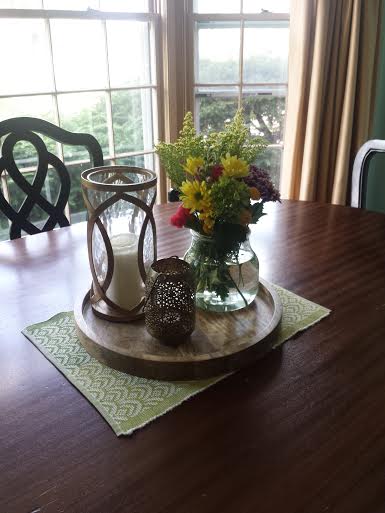By Lisa Janusz
This month our article is going to be a little different. Although I’m still going to give you some Feng Shui tips; I’m going to start by letting you in on some plans that we have in the works for the upcoming year.
 First (you may want to sit down for this), in September of this year the Wind & Water School of Feng Shui will celebrate our 20th anniversary! Can you believe it? For some of you that’s no surprise – you were in Carole’s very first training class.
First (you may want to sit down for this), in September of this year the Wind & Water School of Feng Shui will celebrate our 20th anniversary! Can you believe it? For some of you that’s no surprise – you were in Carole’s very first training class.
The class of 1998 flourished (thankfully) and Carole kept moving forward honing her material and approach. And 20 years later the School is still certifying people that want to help other people create balanced spaces. (Our next program starts in March, for those of you interested.)
That’s a huge milestone and one that we’ll be celebrating. Yes, you’ll all be invited! You can expect to see some details on that mid-year.
We’ve also got some other exciting plans in store. One being beefing up our online offerings. We’ve had such great feedback from Set Sail that we’ll use that general format to offer more virtual, on-demand short courses. Stay tuned.
Those are our two biggies for 2018, but rest assured there are other ideas percolating. If there’s something you’d like us to consider, drop me a line to let me know.
While we prep over here to make a splash in 2018, we hope you do the same. And (as promised), here are some quick Feng Shui tips to help you do just that:
- Clear off one horizontal surface (desk, table, dresser, etc.) in your house for at least 9 days. It encourages opportunities and can facilitate clarity.
- Create a sacred space and start a meditation practice. Give yourself a gift of a calm place to reflect and give your mind the time to do so.
- Clear the clutter to open some physical – and metaphorical – space. Start in an area that you want change (healthier lifestyle – kitchen, more opportunities – office, more downtime – bedroom). Overwhelmed? Try doing something for 9 minutes a day for 9 days.
- Write an intention for the year and keep it somewhere where you’ll see it – and celebrate it – day after day.
Blessings to you and 2018,
Lisa
 By Carol Martinson
By Carol Martinson Carol Martinson is a Wind & Water School of Feng Shui Certified Graduate and Master, and the President of Intentional Security Design, Inc.
Carol Martinson is a Wind & Water School of Feng Shui Certified Graduate and Master, and the President of Intentional Security Design, Inc.



















Recent Comments